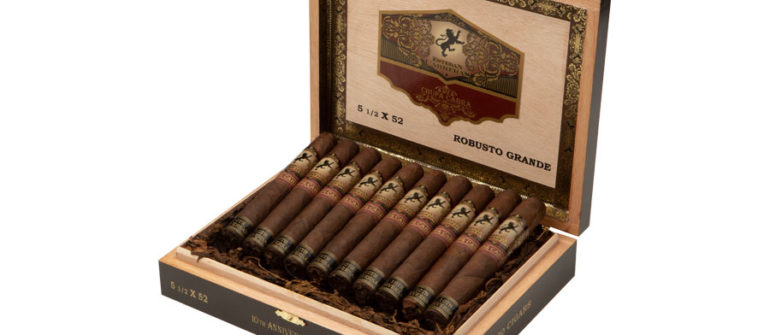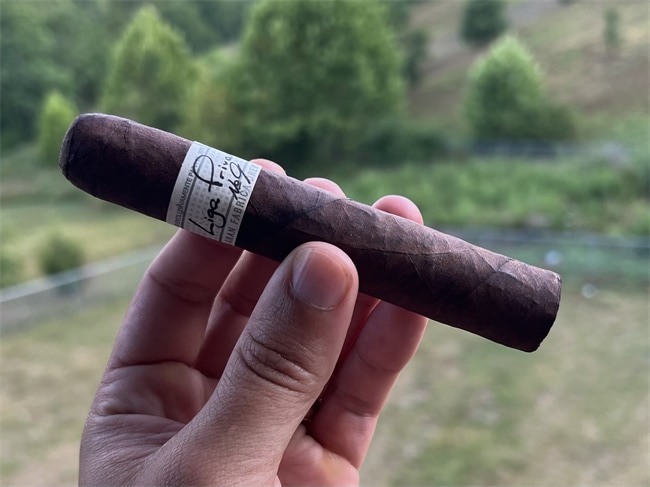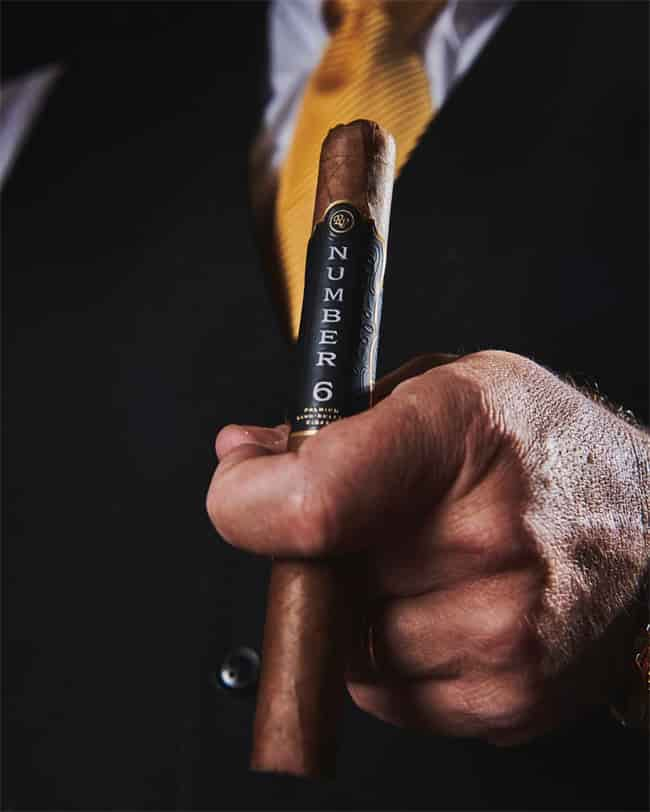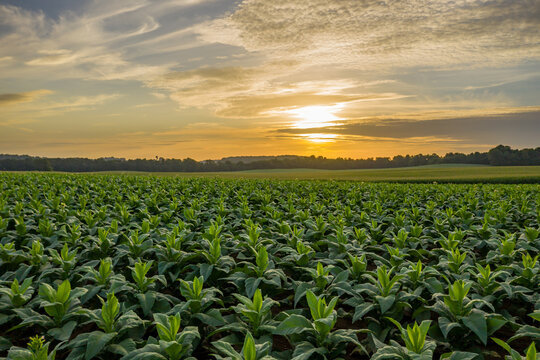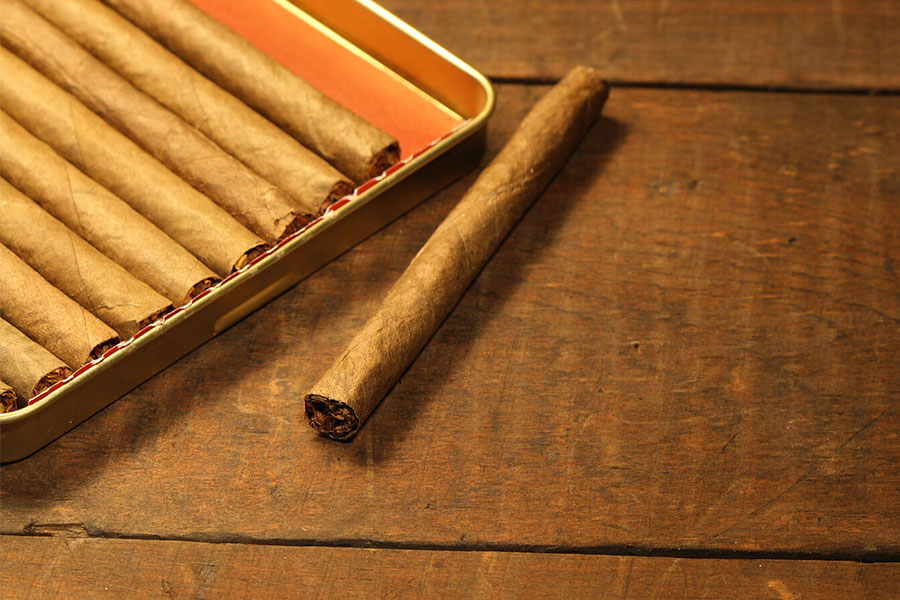Backwoods Vs Swisher: Everything You Need to Know
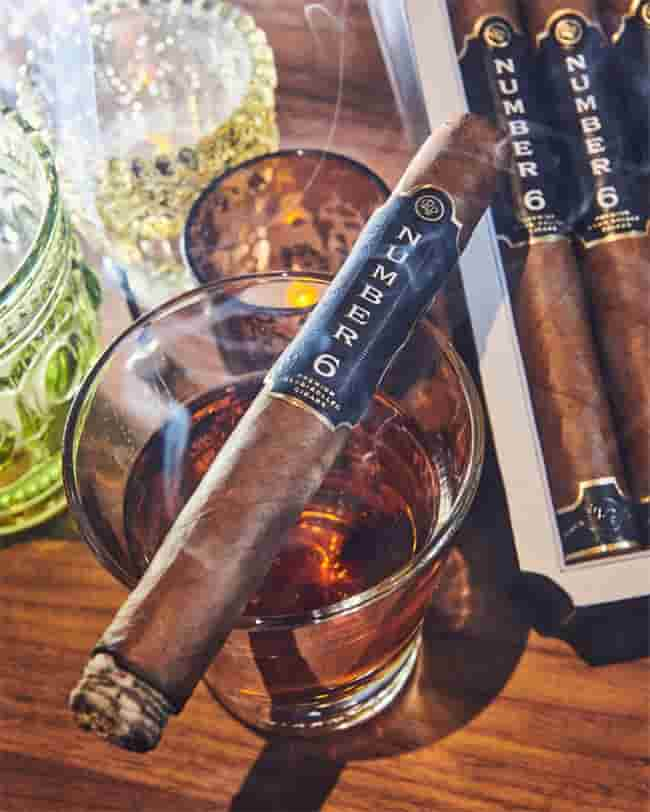
Backwoods Smokes and Swisher Sweets are two of the leading brands of mass-produced machine-made cigars, offering great value and a variety of flavors, including honey and fruits.
While there are some similarities between the two brands, they are also very different, both in their history and in their present-day form – so who comes out on top in the battle of Backwood vs Swisher?
Backwoods Smokes
Backwoods launched in 1973 at a time when several cigarette companies were launching their own lines of ‘small cigars’. On April 1st, 1970, President Richard Nixon enacted the Public Health Cigarette Smoking Act, which imposed a universal ban on advertising cigarettes.
Manufacturers responded by selling mini cigars about the size of cigarettes, which were not affected by the ban. Backwoods Smokes measure in at 4.5 x 32, about the same length as a long or extra-long cigarette.
And if you’re wondering what’s the difference between a cigarette and a cigarillo or small cigar, a cigarette is wrapped in paper, whereas a cigar or cigarillo is wrapped in tobacco leaves.
Swisher Sweets
You have to go back much further for the origins of Swisher Sweets cigars. The brand predates machine-made cigars by decades, with the Swisher cigar company first founded way back in 1861.
With the advent of mechanized cigar production, the Swisher Sweets line launched in 1958 and has gone from strength to strength ever since. You’ll find around 50 Swisher Sweets products on sale at JR Cigars at any one time.
Swisher cigarillos come in a range of sizes but are generally a little smaller than Backwoods, at 4 x 30 or 4.2 x 28, but the brand goes all the way up to Swisher Sweets Giants at a cigar-sized 6.12 x 44.
Backwood Vs Swisher
Backwood Smokes were marketed throughout the 1970s-80s with an emphasis on their “all-natural tobacco”. This reflects the public health opinion at the time, as well as Backwoods’ desire to position the brand as outdoorsy, with advertising images featuring buff, manly characters climbing mountains.
Swisher was producing 300,000 handmade cigars a day by the end of the 19th century, but in 1924 the company installed its first cigar-rolling machine. By the end of the decade, output was 100 million cigars per year, about 275,000 per day, but the process was much less labor-intensive.
Cutting costs came not a moment too soon for Swisher, which was able to offer reduced prices on cigars during the Great Depression in the 1930s. By 1941, Swisher was the world’s largest cigar factory, and in 1958 Swisher Sweets debuted.
History Repeating
In 2009, the Tobacco Control Act banned flavored cigarettes, with the exception of menthol, but did not place a similar restriction on cigars – sound familiar? Cigarettes must also be sold in packs of 20 or more, whereas there is no minimum pack size for cigars or cigarillos.
According to NIH, sales of flavored cigars grew 50% in 2008-15, while smaller packs grew from less than 1% of the cigar market to a 40% share of sales. In 2015, Swisher held a 28% market share in cigar sales, while Backwoods was about 4.7% of cigars sold in the same year.
Both brands saw their sales increase after the Tobacco Control Act was introduced. Swisher Sweets started from a higher level but scored 12% growth in 2008-15, while Backwoods hit an impressive 31.8% over the same period.
Which Is Better?
So which brand is the definitive winner of Backwood vs Swisher? Let’s take a look at how they stack up head-to-head…
Popularity
Swisher Sweets is way out front in terms of popularity, with nearly a three-tenths market share, compared with Backwoods on about 5%. But Backwoods has cult status, especially some of the rare fruit Backwoods, which have been replaced by alcohol-themed flavors in more recent years in an attempt
